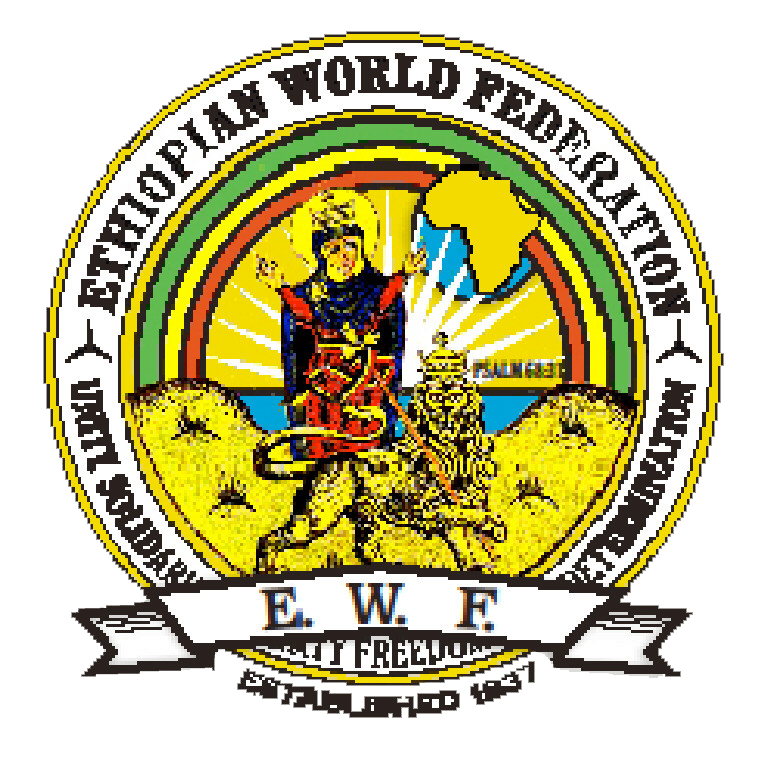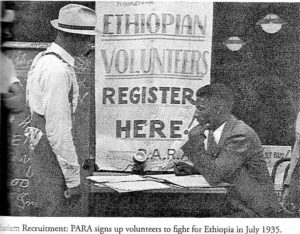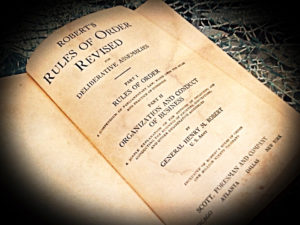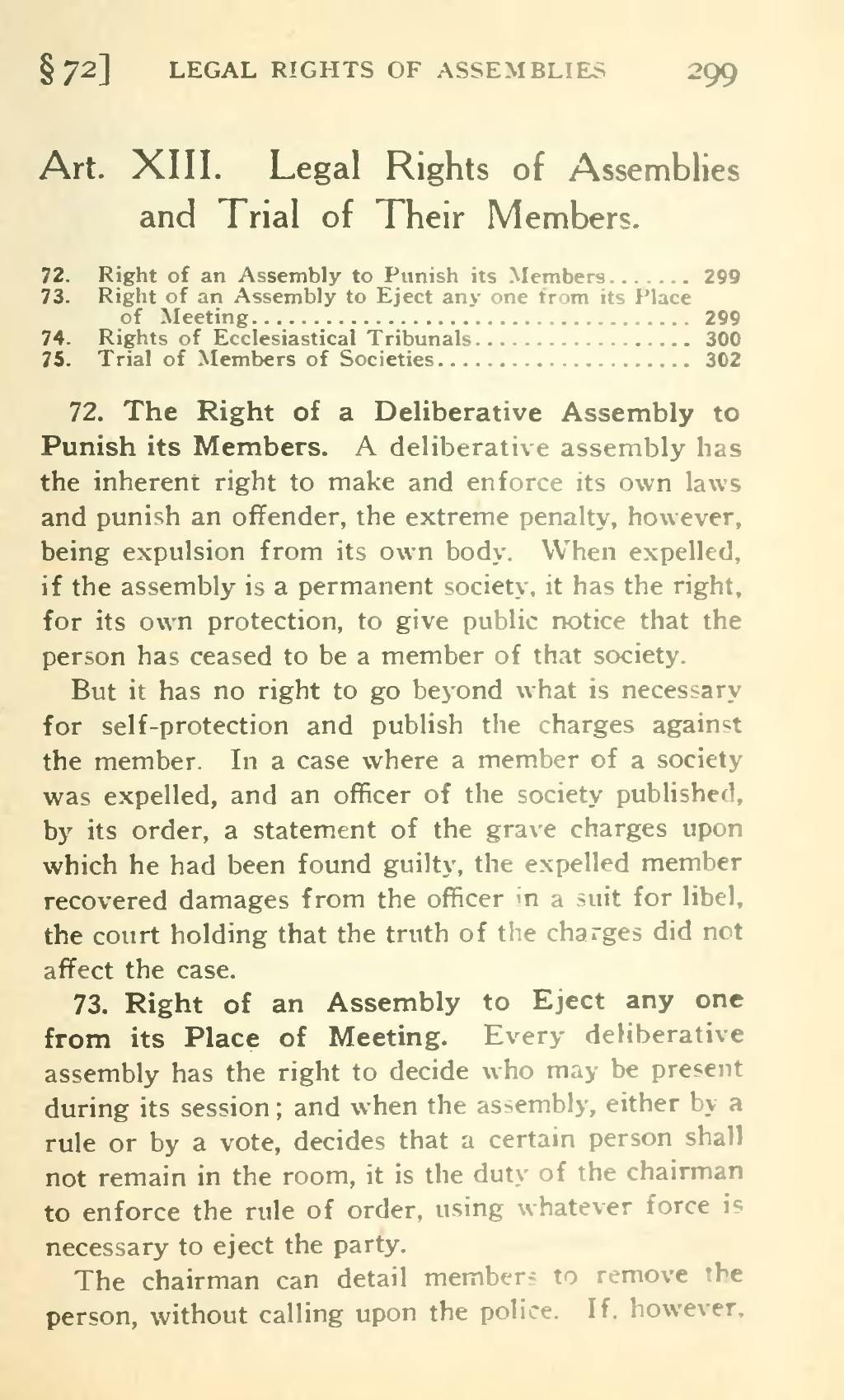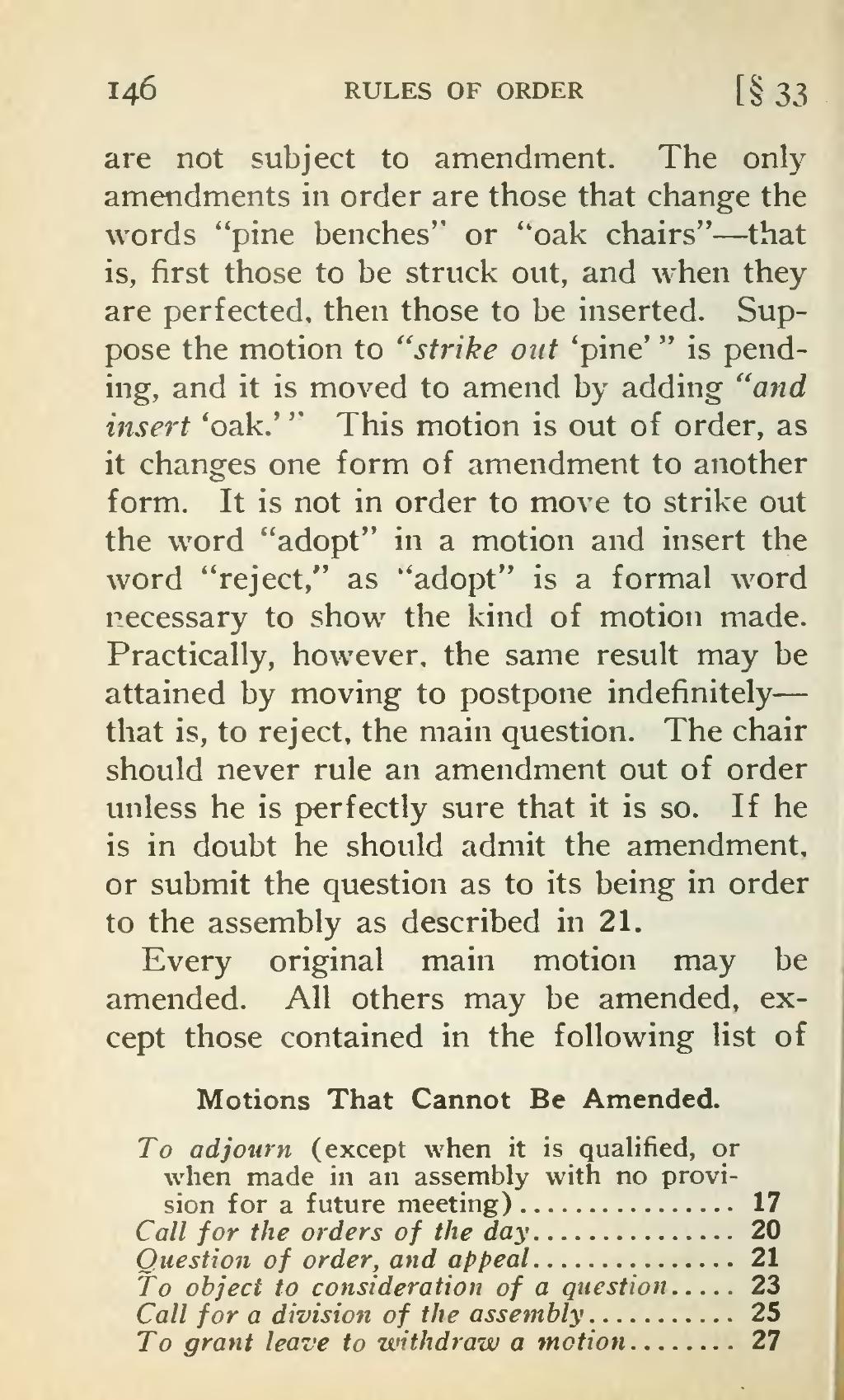 Local 3
A Serious Question of Ethiopian Studies
Five Thousand Ethiopian Manuscripts Abroad, and the International Community
by Dr Richard Panhurst
Introduction
Ethiopic, or Ge’ez, manuscripts [hereafter MSS] are of fundamental importance for scholarship. Ethiopic literature formed a major part of ancient and medieval Christian literature.
Many important Ethiopic works were, and still are, unknown to the outside world: Foreign scholars learnt for example of the Book of Enoch and the Book of Jubilees only because they were preserved in Ethiopia. Though most Ethiopic literature is religious, numerous texts also cover subjects, including history, philosophy, law, mathematics, and medicine.
For the study of Ethiopic, as other texts, scholars need to consult more than one copy. This is because MSS were written by hand, and scholars have to compare different versions to control the scribe?
Local 3
A Serious Question of Ethiopian Studies
Five Thousand Ethiopian Manuscripts Abroad, and the International Community
by Dr Richard Panhurst
Introduction
Ethiopic, or Ge’ez, manuscripts [hereafter MSS] are of fundamental importance for scholarship. Ethiopic literature formed a major part of ancient and medieval Christian literature.
Many important Ethiopic works were, and still are, unknown to the outside world: Foreign scholars learnt for example of the Book of Enoch and the Book of Jubilees only because they were preserved in Ethiopia. Though most Ethiopic literature is religious, numerous texts also cover subjects, including history, philosophy, law, mathematics, and medicine.
For the study of Ethiopic, as other texts, scholars need to consult more than one copy. This is because MSS were written by hand, and scholars have to compare different versions to control the scribe?
Ethiopian MSS often also include “marginalia”, i.e. end papers, etc., containing notable secular material: data on land sales and grants, marriage settlements, church and monastic inventories, etc. See for example Tax Records of Emperor Tewodros of Ethiopia, published by the School of Oriental and African Studies in London, which I wrote with Girma Sellasie Asfaw, in 1978.Ethiopian MSS are no less important for the history of Ethiopian art. Illustrations, painted by hand, are by definition unique, for which reason too it is necessary to study several works, not merely one, on any theme. For all these reasons it is essential to collect as comprehensive a photographic collection of Ethiopian MSS as possible. EMML, UNESCO, and Professor Hammerscmidt It was for the above reasons, as well as in the interests of preservation, that the Ethiopian Manuscript Microfilm Library, EMML, was established in 1973. It was based on co-operation between the Ethiopian Patriarchate, the Ethiopian Ministry of Culture, and St. Johns University in Collegeville, Minnesota, USA.
It was for the above reasons too that Ethiopia facilitated the microfilming of MSS by UNESCO, and by the late Professor Ernst Hammerscmidt, of Hamburg University. The EMML went to immense pains microfilming thousands of MSS in remote parts of Ethiopia. By making such film available to scholars it gave an immense fillip to international, as well as Ethiopian scholarship.The Time Has Surely Come The time has surely come to focus not only on Ethiopian MSS in Ethiopia, but also on an estimated 5,000 Ethiopian MSS in Europe, North America, Asia, and Oceania: so as to make them more readily available for scholarship. The microfilming, or preferably digital photographing, of such MSS abroad is scarcely less important than the copying of MSS in Ethiopia itself. Photography in technically advanced countries would be less demanding, and hence less costly, than in the Ethiopian countryside.
It is only fair to add that whereas microfilming in Ethiopia has been of major assistance to international scholarship, the failure to copy Ethiopian MSS in the rest of the world remains an obstacle to scholarship within Ethiopia itself. It is good that the odd Ethiopian manuscript is preserved in Spain or New Zealand, but this scarcely helps research in Ethiopia.The Five Thousand Manuscripts Abroad Let us look at the worldwide diffusion of Ethiopian MSS. The figures below are conservative, for they do not include privately owned MSS, or recent library acquisitions. Great Britain The largest number of Ethiopian MSS abroad, over 850, are in the United Kingdom. A little less than half were looted by the Maqdala expedition of 1867-8: their return is currently demanded by the Ethiopian organisation AFROMET. The principal depositories of Ethiopian MSS are in the British Library, which, at my last count, had 598 MSS; the Bodleaen Library, in Oxford, had 101; Cambridge University Library, 67; John Rylands Library, in Manchester, 42; the British and Foreign Bible Society, 35; the School of Oriental and African Studies, 9; and the Royal Library, Windsor castle, 6 particularly fine manuscripts (from Maqdala).
There are also over 40 other MSS in other collections: 17 in the Wellcome Institute Library, in London; six in the India Office Collection of the British Library, also in London; five in the Selly Oaks College Library, in Birmingham; five in the Victoria and Albert Museum, in London; three in the National Library of Scotland, and three in the University of Edinburgh Library, both in Edinburgh; one in the Fitzwilliam Museum, in Cambridge; one in the Jews? College, in London; and one in St. Andrews University Library, in Scotland. Nine scrolls, formerly in the possession of the London Library, all or mainly from Maqdala, were sold by Sotheby’s in July 1970.A substantial number of British Library MSS (but not all) have been generously microfilmed by the British Council, for the Institute of Ethiopian Studies, in Addis Ababa. MSS in other UK collections remain, however, uncopied. France France possesses almost as many Ethiopian MSS: at least 700. Most are in the Biblotheque Nationale in Paris. The latest information available to me, in our old friend Professor Stefan Strelcyn’s catalogue, indicates that the collection, by 1954, had reached a total of 688 MSS. The United States The United States heads the list of countries with smaller Ethiopica collections, probably slightly over 400 MSS. No less than 325 are in the Princeton University Libraries. Smaller collections are in four libraries in New York, with a total of 17 MSS; and at the Free Library in Philadelphia, with 13. Yale University has nine.
A further 39 MSS are in smaller collections: at the Walters Art Gallery, in Baltimore; the Public Library and Endowment for Biblical Research, both in Boston; the Newbury Library, in Chicago; the Public Library, in Cleveland; the Seminary Library, in Hartford; Haverford College, in Haverford; the University of Pennsylvania, in Philadelphia; Vasser College, in Poughkeepsie; the Peabody Museum, in Salem; and the Catholic University Library and the Smithsonian Institution, both in Washington.Other countries with Ethiopian MSS include the following:
- Germany 734
- The Vatican over 600
- The Netherlands 180
- Italy approximately 100
- Russia approximately 100 plus over 600 magical
- Sweden almost 100
- Ireland over 60
- Israel over 50
- Austria just under 50
- Armenia 30
